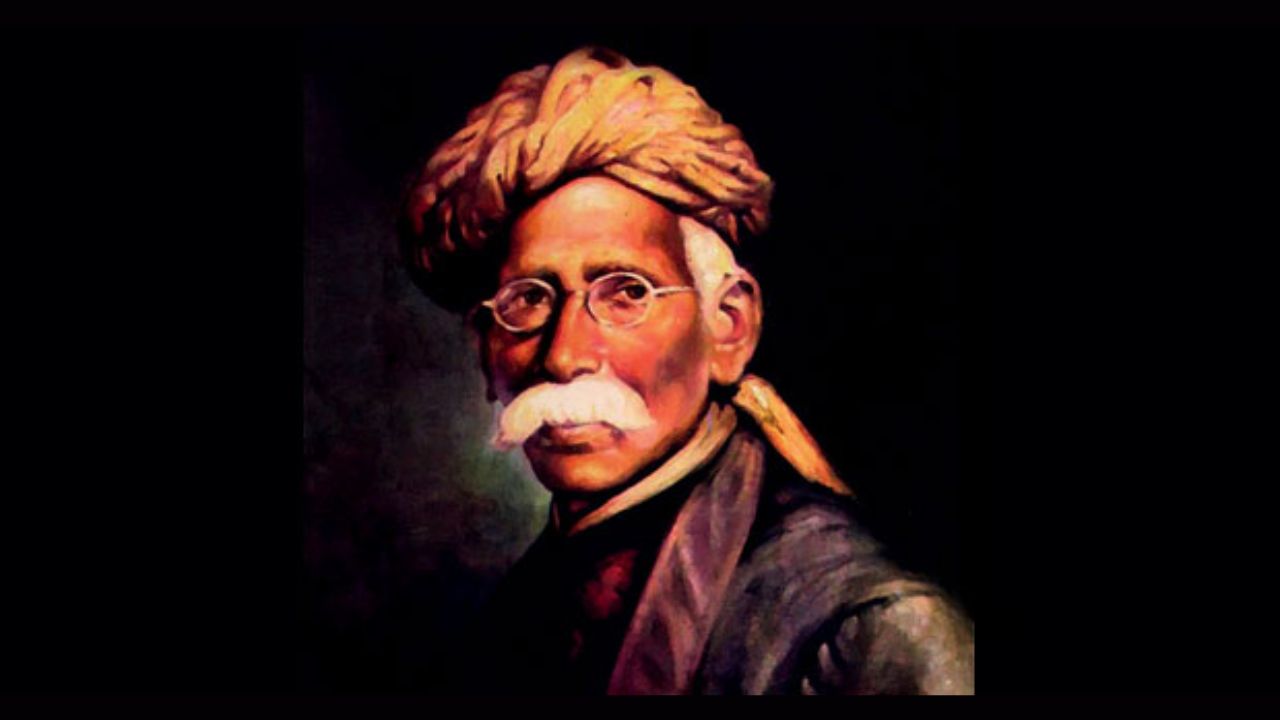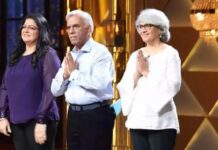Madhusudan Das Jayanti Biography: Madhusudan Das (28 April 1848 – 4 February 1934) was an Indian jurist and social reformer who founded Utkal Sammilani in 1903 to advocate for Odisha’s unification and social and industrial development. On April 1, 1936, he was one of the prominent figures who contributed to the formation of Orissa Province (present-day Odisha, India).
Madhusudan Das Jayanti Biography
Early Years
Madhusudan Das was born in a Zamindari Karana family on 28 April 1848 in Satyabhamapur, 20 kilometres (12 miles) from Cuttack, during the Company rule in India. After completing his elementary education, he attended Cuttack High School (later renamed Ravenshaw Collegiate School), which offered English instruction. In 1864, he passed the university’s entrance exam and entered Calcutta University. Despite exceedingly difficult conditions, he lived in Calcutta for nearly fifteen years, between 1866 and 1881. In 1870, he was the first Odia to earn a Bachelor of Arts degree. He continued his education at Calcutta, earning an M.A. in 1873 and an LL.B. in 1878, becoming the first scholar from Orissa to receive such an education.
Career
After returning to Orissa in 1881 from Calcutta, he began his legal career. His expertise in this profession enabled him to earn a sufficient income and support the common man. He managed significant cases of his time, including the Puri temple administration case and the Keonjhar Riots Case, among others. He was an inspiration for the attorneys in Orissa and India. In Odisha, his birthday is celebrated as Lawyers’ Day.
This section requires additional references to be verified. Please assist in enhancing this article by including citations to reliable sources in this section. Unsourced content can be contested and removed.
People referred to him as “Madhu Babu”; he was a jurist, journalist, legislator, politician, and social reformer who advocated for the political, social, and economic advancement of the people of Orissa. He founded Utkal Sammilani, which revolutionised Orissa’s social and industrial development. In 1921, he was appointed Minister for Local Self-Government, Medical Public Health, and Public Works under the Diarchy scheme of the Government of India Act of 1919. He had been elected as a member of the legislative council of Bihar and Orissa Province.
He was the first Odia to be elected to the Indian legislative council and the Central Legislative Assembly. Utkal Sammilani (Utkal Union Conference), which he founded, provided the groundwork for Odia nationalism. Utkal Sammilani led the charge for the unification of Odia-speaking regions under a single government. This resulted in the establishment of the state of Odisha on April 1, 1936. Additionally, he was the first Odia to travel to England.
Sidney Poitier Biography: Age, Birthday, Early Life, Career, Personal Life, Net Worth
Contribution to the Literature
Patriotism was always foremost in his consciousness as a writer and poet, and this was reflected in all of his literary works. He composed several articles and compositions in both English and Odia. Important compositions by him include “Utkal Santan”, “Jati Itihash”, and “Jananira Ukti”. Additionally, he was an influential speaker in Odia, Bengali, and English.
Family
His parents were Choudhury Raghunath Das and Parvati Devee. They had originally given him the name Gobindaballabh. He had two older sisters and a Gopalballabh-named younger sibling. Gopalballabh was the father of Ramadevi Choudhury and a magistrate in the province of Bihar. The fact that he converted to Christianity caused him to be shunned in the village, forcing him to leave and build a small home at the end of the village. The house was referred to as ‘Madhukothi’ or ‘Balipokharikothi’; it was later used as the state office of the Kasturba National Memorial Trust, from which the Anganabadi, Balbadi, operated. Madhusudan had adopted two Bengali daughters; Sailabala Das and Sudhanshubala Hazra. The renowned Sailabala Women’s College of Cuttack was named after the English-trained educationist Sailabala.
Sailabala’s Bengali parents had entrusted her care to Madhusudan Das and his wife Soudamini Devi in Calcutta. In 1864, he received his Matriculation from Cuttack, and he subsequently decided to become a teacher. He taught for three years in Balasore. In 1866, there was a severe famine in Odisha known as the “Naanka Durviksha” in which over one lakh people perished. This year, he converted to Christianity and changed his previous name, Gobinda Ballav Choudhury, to Madhusudan Das. Sudhansubala Hazra was also Bengali and the country’s first female attorney. Sir Ashutosh Mukherjee, the former Vice-Chancellor of Calcutta University, had a resident tutor in Calcutta named Madhu Babu.




